照着 Hugo 实现一个监控方法耗时的插件
Posted bug樱樱
tags:
篇首语:本文由小常识网(cha138.com)小编为大家整理,主要介绍了照着 Hugo 实现一个监控方法耗时的插件相关的知识,希望对你有一定的参考价值。
背景
Hugo 是 Jake Wharton 大神写的一个监控方法耗时的插件。
1. 接入
在根目录的 build.gradle 中添加
buildscript
repositories
mavenCentral()
dependencies
classpath 'com.jakewharton.hugo:hugo-plugin:1.2.1'
在 app 的 build.gradle 中添加
plugins
id 'com.android.application'
id 'com.jakewharton.hugo'
2. 使用
@DebugLog
public String getName(String first, String last)
SystemClock.sleep(15); // Don't ever really do this!
return first + " " + last;
在方法上添加 @DebugLog 的注解,就可以在输出窗口看到相关 Log(方法参数,方法耗时及方法返回值)。
V/Example: ⇢ getName(first="Jake", last="Wharton")
V/Example: ⇠ getName [16ms] = "Jake Wharton"
3. 问题
这个插件已经 7 年没有更新了,gradle 里的一些 api 已经不能使用,因此按照上述方法接入,会编译不过。即在 app 的 build.gradle 中添加 plugin 就会 sync 失败,具体错误如下:

查看 Hugo 的源码发现代码量特别少,因此我们完全可以照着源码自己写一个插件。
创建项目
1. 创建一个 Android 的 project,并 clone 下 Hugo 的源码。
2. 从 Hugo 项目中 copy hugo-annotations 到新项目中,修改 module 中的 build.gradle 文件如下
apply plugin: 'java'
targetCompatibility = JavaVersion.VERSION_1_8
sourceCompatibility = JavaVersion.VERSION_1_8
复制代码
这样第一个 library 就可以编译成功了。
3. 从 Hugo 项目中 copy hugo-runtime 到新项目中,修改 build.gradle 如下:
在 apply plugin 前加入如下代码,不然 import 导包找不到文件
buildscript
repositories
mavenCentral()
dependencies
classpath 'org.aspectj:aspectjtools:1.9.6'
classpath 'org.aspectj:aspectjweaver:1.9.6'
去掉以下插件引用,因为我们并不使用这个插件上传仓库
apply plugin: 'com.github.dcendents.android-maven'
整个 build.gradle 文件如下
import org.aspectj.bridge.IMessage
import org.aspectj.bridge.MessageHandler
import org.aspectj.tools.ajc.Main
buildscript
repositories
mavenCentral()
dependencies
classpath 'org.aspectj:aspectjtools:1.9.6'
classpath 'org.aspectj:aspectjweaver:1.9.6'
apply plugin: 'com.android.library'
dependencies
implementation 'org.aspectj:aspectjweaver:1.9.6'
implementation project(':hugo-annotations')
testImplementation 'junit:junit:4.13.2'
android
compileSdkVersion 32
compileOptions
sourceCompatibility JavaVersion.VERSION_1_8
targetCompatibility JavaVersion.VERSION_1_8
android.libraryVariants.all variant ->
JavaCompile javaCompile = variant.javaCompile
javaCompile.doLast
String[] args = [
"-showWeaveInfo",
"-1.5",
"-inpath", javaCompile.destinationDir.toString(),
"-aspectpath", javaCompile.classpath.asPath,
"-d", javaCompile.destinationDir.toString(),
"-classpath", javaCompile.classpath.asPath,
"-bootclasspath", android.bootClasspath.join(File.pathSeparator)
]
MessageHandler handler = new MessageHandler(true);
new Main().run(args, handler)
def log = project.logger
for (IMessage message : handler.getMessages(null, true))
switch (message.getKind())
case IMessage.ABORT:
case IMessage.ERROR:
case IMessage.FAIL:
log.error message.message, message.thrown
break;
case IMessage.WARNING:
case IMessage.INFO:
log.info message.message, message.thrown
break;
case IMessage.DEBUG:
log.debug message.message, message.thrown
break;
这样插桩的 Library 也编译成功了。接下来最后一步就是生成 gradle 插件了。
4. 从 Hugo 项目中 copy hugo-plugin 到新项目中,修改 build.gradle 如下:
apply plugin: 'groovy'
targetCompatibility = JavaVersion.VERSION_1_8
sourceCompatibility = JavaVersion.VERSION_1_8
dependencies
implementation gradleApi()
implementation localGroovy()
implementation 'com.android.tools.build:gradle:7.2.2' // gradle 相关 api
implementation 'org.aspectj:aspectjtools:1.9.6'
implementation 'org.aspectj:aspectjrt:1.9.6'
如果 gradle 文件找不到,看下自己的 gradle 版本,我当前的是
distributionUrl=https://services.gradle.org/distributions/gradle-7.3.3-bin.zip
5. 修改 HugoPlugin 文件
Hugo项目编译不过就是因为在 HugoPlugin 文件中使用了废弃的 debugCompile。
project.dependencies
debugCompile 'com.jakewharton.hugo:hugo-runtime:1.2.2-SNAPSHOT'
// TODO this should come transitively
debugCompile 'org.aspectj:aspectjrt:1.8.6'
compile 'com.jakewharton.hugo:hugo-annotations:1.2.2-SNAPSHOT'
因此把这部分代码改成如下
project.dependencies
debugImplementation 'com.jakewharton.hugo:hugo-runtime:1.2.1'
// TODO this should come transitively
debugImplementation 'org.aspectj:aspectjrt:1.8.6'
implementation 'com.jakewharton.hugo:hugo-annotations:1.2.1'
6. 生成本地插件
在 hugo-plugin 的 build.gradle 中添加 Java Gradle Plugin 插件及 publish 插件
apply plugin: 'java-gradle-plugin' // Java Gradle Plugin
apply plugin: 'maven-publish'
gradlePlugin
plugins
Plugin
id = 'com.example.plugin' // apply 的时候使用的
implementationClass = 'hugo.weaving.plugin.HugoPlugin' // 具体的实现类
group = 'com.example.plugin'
version = '0.0.1'
publishing
repositories
// 本地路径
maven
url = uri('../localMavenRepository/snapshot')
然后点击右侧的 gradle,点击 publish
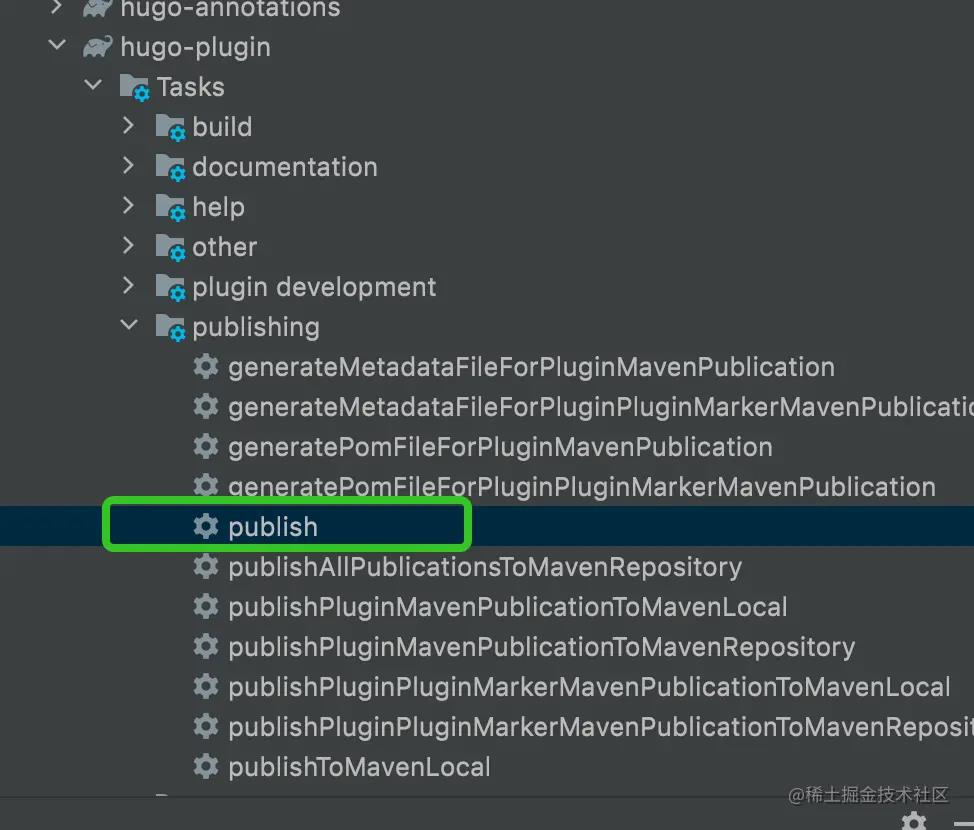
会在左侧生成 localMavenRepository/snapshot 文件夹
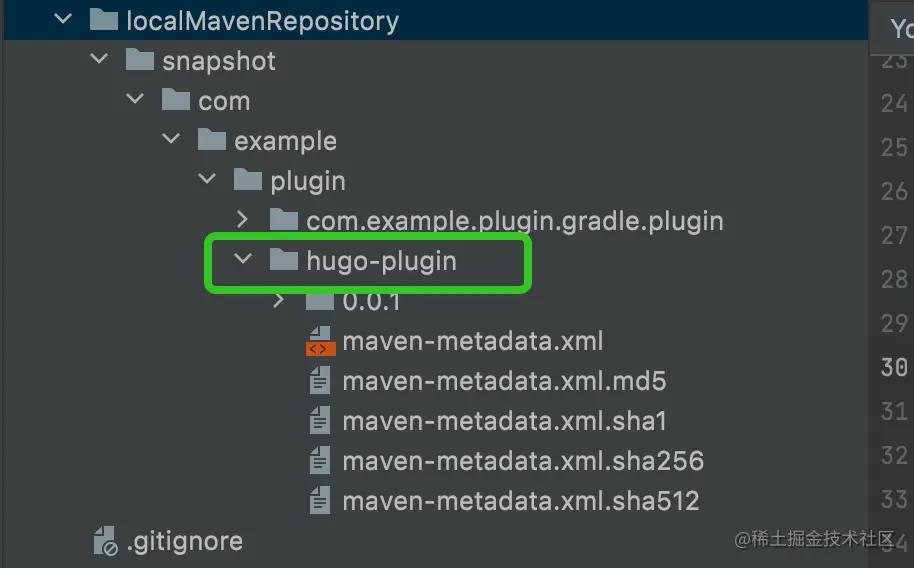
绿框就是我们要使用的插件。
使用
在项目的 setting.gradle 中添加
pluginManagement
repositories
gradlePluginPortal()
google()
mavenCentral()
// 本地仓库名
maven
url "$rootDir/localMavenRepository/snapshot"
在项目的 build.gradle 中添加
buildscript
dependencies
classpath 'com.example.plugin:hugo-plugin:0.0.1'
在 app 的 build.gradle 中添加
plugins
id 'com.example.plugin'
最后在代码中验证
@DebugLog
private void sleep()
try
Thread.sleep(200);
catch (InterruptedException e)
e.printStackTrace();
log 如下
V/MainActivity: ⇢ sleep()
V/MainActivity: ⇠ sleep [200ms]
总结
到目前为止就实现了一个本地的 gradle 插件。目前存在的问题是,HugoPlugin 文件中引用的都是远程的代码,即
project.dependencies
debugImplementation 'com.jakewharton.hugo:hugo-runtime:1.2.1'
// TODO this should come transitively
debugImplementation 'org.aspectj:aspectjrt:1.8.6'
implementation 'com.jakewharton.hugo:hugo-annotations:1.2.1'
因此我们改动这两个 module 并没有什么用。解决办法是上传这两个 module,然后在 HugoPlugin 中引用我们上传的 module。完成这一步也就可以完成 gradle 插件上传远端了。
作者:咋啦又
链接:https://juejin.cn/post/7182499783037157437
最后
如果想要成为架构师或想突破20~30K薪资范畴,那就不要局限在编码,业务,要会选型、扩展,提升编程思维。此外,良好的职业规划也很重要,学习的习惯很重要,但是最重要的还是要能持之以恒,任何不能坚持落实的计划都是空谈。
如果你没有方向,这里给大家分享一套由阿里高级架构师编写的《Android八大模块进阶笔记》,帮大家将杂乱、零散、碎片化的知识进行体系化的整理,让大家系统而高效地掌握Android开发的各个知识点。
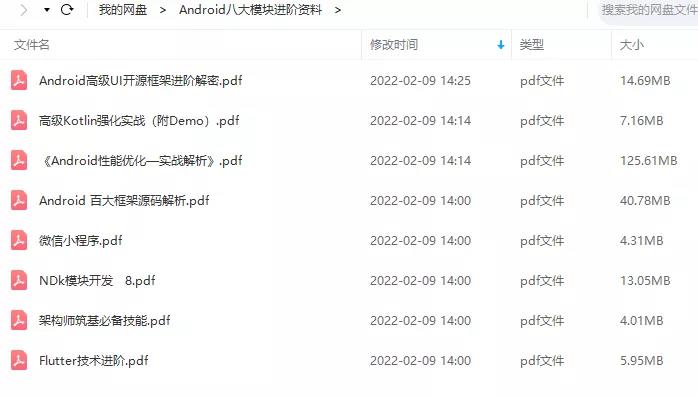
相对于我们平时看的碎片化内容,这份笔记的知识点更系统化,更容易理解和记忆,是严格按照知识体系编排的。
全套视频资料:
一、面试合集
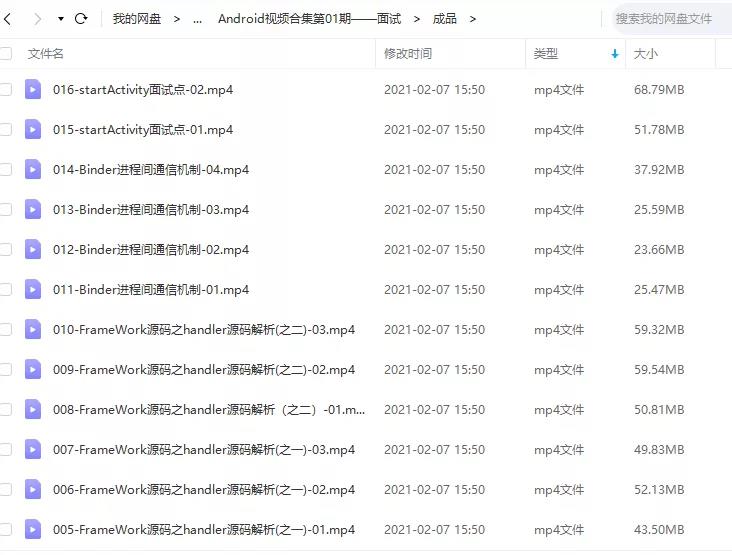
二、源码解析合集
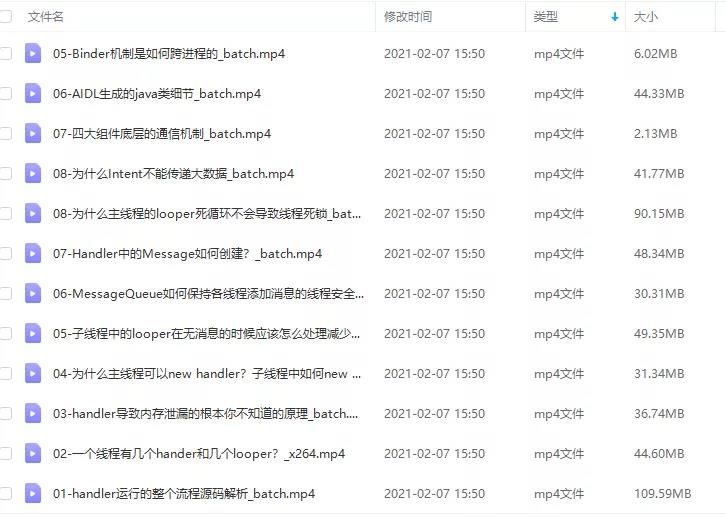
三、开源框架合集
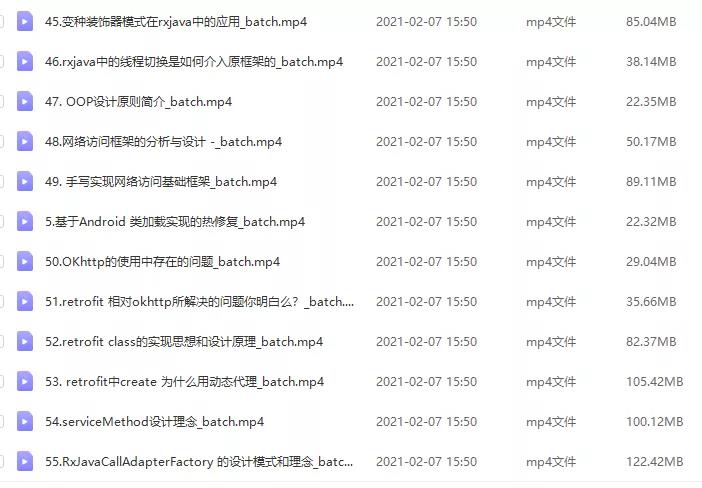
欢迎大家一键三连支持,若需要文中资料,直接点击文末CSDN官方认证微信卡片免费领取↓↓↓
以上是关于照着 Hugo 实现一个监控方法耗时的插件的主要内容,如果未能解决你的问题,请参考以下文章